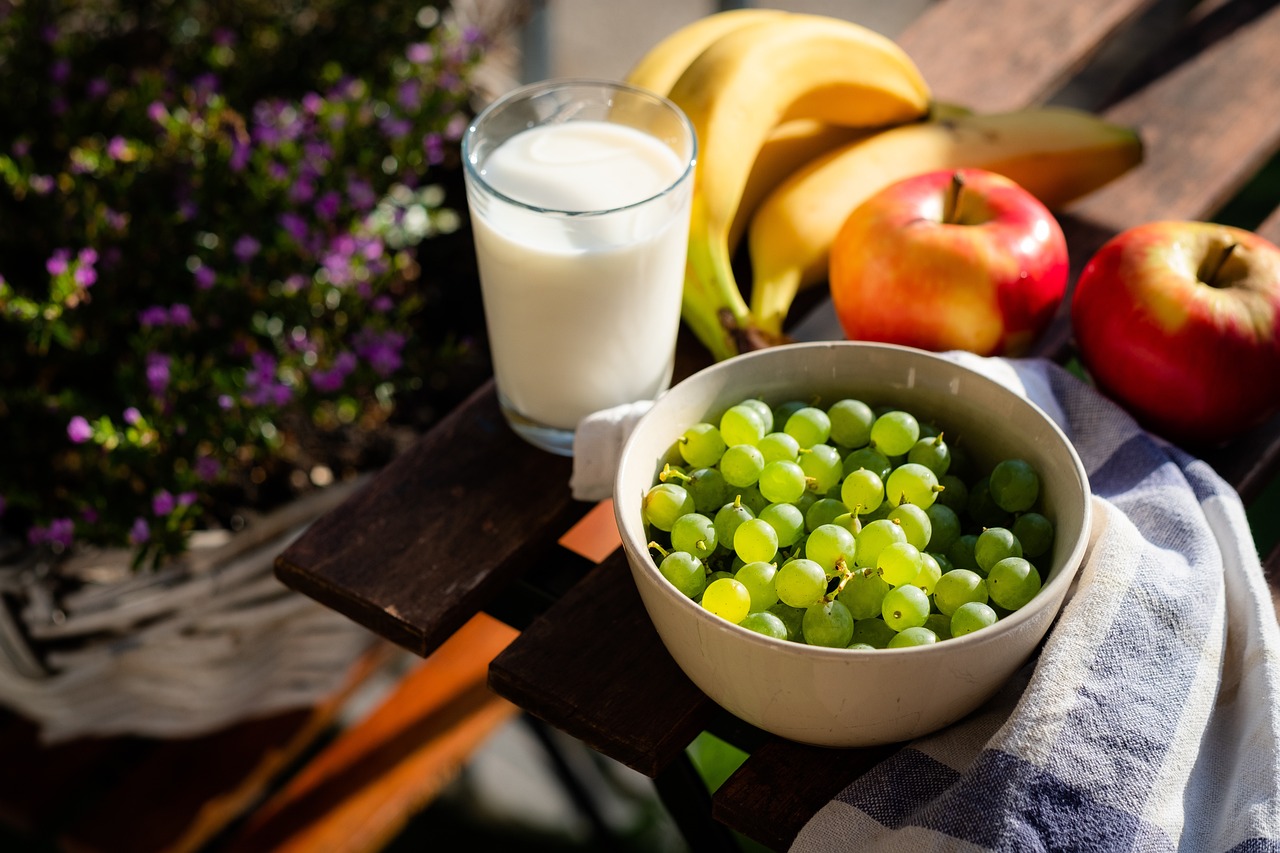What snacks should you eat if you want to reduce your carbon footprint? Professor Brindle’s book ‘Food and climate change without the hot air’ analyses typical snacks we eat and suggest ways we can make small changes in our snacks to change our footprint.
Chocolate
Chocolate bars will vary in their carbon emissions depending on the content of cocoa, milk and sugar in the bar. Carbon emissions of cocoa plants depend on whether rainforest has been cut down to grow the plant. But what really makes a difference in the carbon emissions of different chocolate bars is that cocoa in chocolate bars is mixed up with different things, usually with milk and sugar. Dark chocolate bars are typically made up of cocoa and sugar. Milk chocolate bars also include milk, and this increases carbon emissions compared to dark chocolate because it includes cow’s milk. Milk has a high amount of carbon emissions because raising dairy cows takes up a lot of land and causes deforestation. The lower the content of cocoa, the higher the emissions of the chocolate bar because it is substituted with milk. Brindle calculates switching from milk chocolate to dark chocolate will reduce your emissions of eating chocolate by 30%.
Crisps
Crisps are a low emissions snack, and it does not matter what flavour crisps you have. Meat flavoured crisps that suitable for vegetarians only have the seasonings and not the meat and therefore do not increase emissions. There are some crisps that include meat, cheese and egg which does increase emissions. However, a 25g packet of crisps would typically only make up less than 3% of carbon emissions of a typical diet and it is a good snack to have if you want to consume low emission food.
Nuts
Almonds and peanuts are the two most popular nuts as a snack. They have low carbon emissions and are a good snack to have. Almond milk is also a good alternative to have instead of cow’s milk as it produces 4 times less carbon emissions.
Fruit
The best thing to do when choosing fruit to eat to consume seasonally and locally. We have access to all types of fruit all the year round in supermarkets and this hugely increases carbon emissions of our food intake because they have been flown by airplane to your country. However, fruits that have been transported by boat to your country are also fine to eat all the year round. In the UK, this would be apples, bananas, oranges and pineapples.
Soft drinks and juices
The carbon emissions of drinks depend on the content of the drink and the type of bottle it is being held in. Studies show that tap water has the lowest carbon emissions of all drinks, and surprisingly soft drinks (fizzy drinks) have lower carbon emissions than fruit juices because of the processing, packaging, transportation and refrigeration.
1g tap water = 0.001g emissions
1g fizzy drinks = 0.2g emissions
1g orange juice = 2g emissions
Bottles are typically made of plastic or glass and cans are made of aluminium. Research show that bottles made from recycled plastic or glass have significantly less carbon emissions than bottles made from non-recycled plastic or cans made from aluminium.
1g glass = 0.6g emissions
1g recycled plastic = 0.8g emissions
1g plastic = 3g emissions
1g aluminium = 6g emissions
If you have the choice, try to avoid buying aluminium cans of drink and choose drinks in glass or recycled plastic bottles to reduce your emissions. The best low emission option is to carry a refillable bottle with you and refill from water fountains, cafes and restaurants if they have refillable drink options.

Leave a Reply